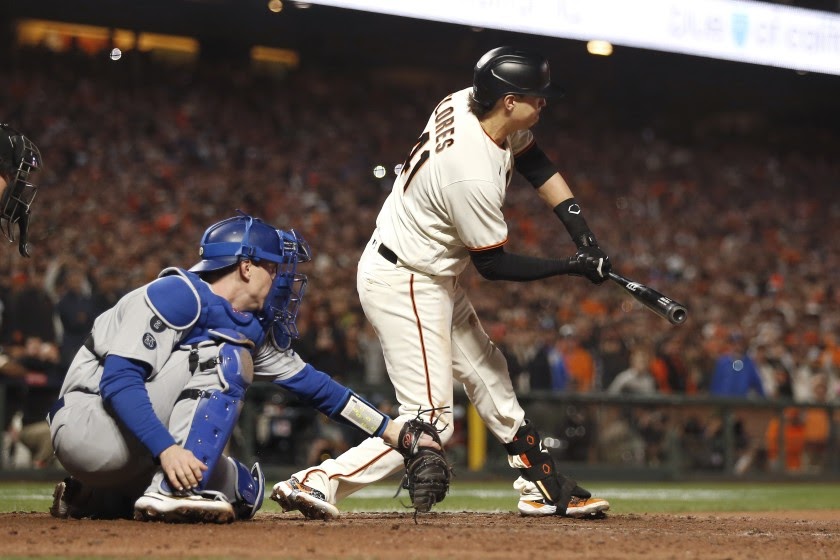Here we are again debating the need for robot umpires. To baseball traditionalists, this will sound stupid. But if you watched Game 5 of the NLDS between the Dodgers and Giants and how it ended with a badly missed call on a check swing, you understand why we’re having this debate.
The fact of the matter is, there have been too many instances of umpires making bad or questionable calls in big situations. It happened multiple times in the series between the Giants and Dodgers. It happened in the 2012 NL Wild Card game with the infield fly call, that clearly was not an infield fly. There was a game between the Cardinals in Cubs where a double-play was seemingly turned, but one umpire called an infield fly. Even worse, the umpires weren’t all in agreement on the call. We see it happen time and time again. Umpires have fluctuating strike zones, and pitchers and hitters alike get more pissed off each time.
If you’re like me, you get tired of hearing people complain about games taking too long. That is, until you come to a realization as to why they do.
No, it has nothing to do with the three-batter minimum rule, seven inning doubleheaders, or runners on second to begin extra innings. It’s not about limiting mound visits or making sure that pitchers don’t go off the back of the mound and batters remain in the box at all times. None of that.
It’s about the umpires and how they make questionable calls. The worst of it comes when challenges or reviews happen.
Back when challenges were first implemented, I figured it would be a good thing for the game, and in a lot of ways, it is. Umpires are trying to make sure that they get every call correct, and it gives managers the right to make sure umpires do just that.
But of course, with every step forward, there seems to be a step back. It finally dawned on me that a postseason series could end on a challenge play, almost ruining the initial burst of celebrations after the final out.
Sure enough, that’s exactly what happened in the 2018 ALDS between the Red Sox and Yankees. The final out was a bang-bang play. The Red Sox began to celebrate, but the Yankees wanted to challenge. And no, you can’t blame the Yankees for wanting to challenge.
What you can do is blame the umpires for not getting it right the first time. You can blame them for not all being on the same page.
And often times, when challenges and reviews happen, they take forever because the people reviewing in New York aren’t even sure if the umps got the call right. These are the kinds of things that slow the game down, and limiting mound visits, and implementing a three-batter minimum rule don’t fix that.
Each year since 2014, the year challenges were implemented, the average game time has been slower. But we may yet have a solution.
Robot umpires.
Granted, it’ll be hard to account for every player’s strike zone during at-bats, as different players come in different sizes. But if done correctly, the implementation of robot umpires may mean that there won’t be any more controversy about borderline pitches. Also, if specially programmed to be completely accurate, the computer could deduce if a runner is safe or out on a close play.
It may change the game for the better. With a computer specially programmed to be completely accurate on everything, it would reduce the need for challenges and arguments. Without challenges taking what seems like hours, the game could really start to speed up and appeal to the younger generation of fans, bringing some excitement to the sport that’s been missing for so long.
It remains to be seen if they’ll debate this in the offseason when the current CBA expires. It’s certainly something worth taking a look at. The future of the game may depend on the next CBA.
For more MLB coverage, click here.



















